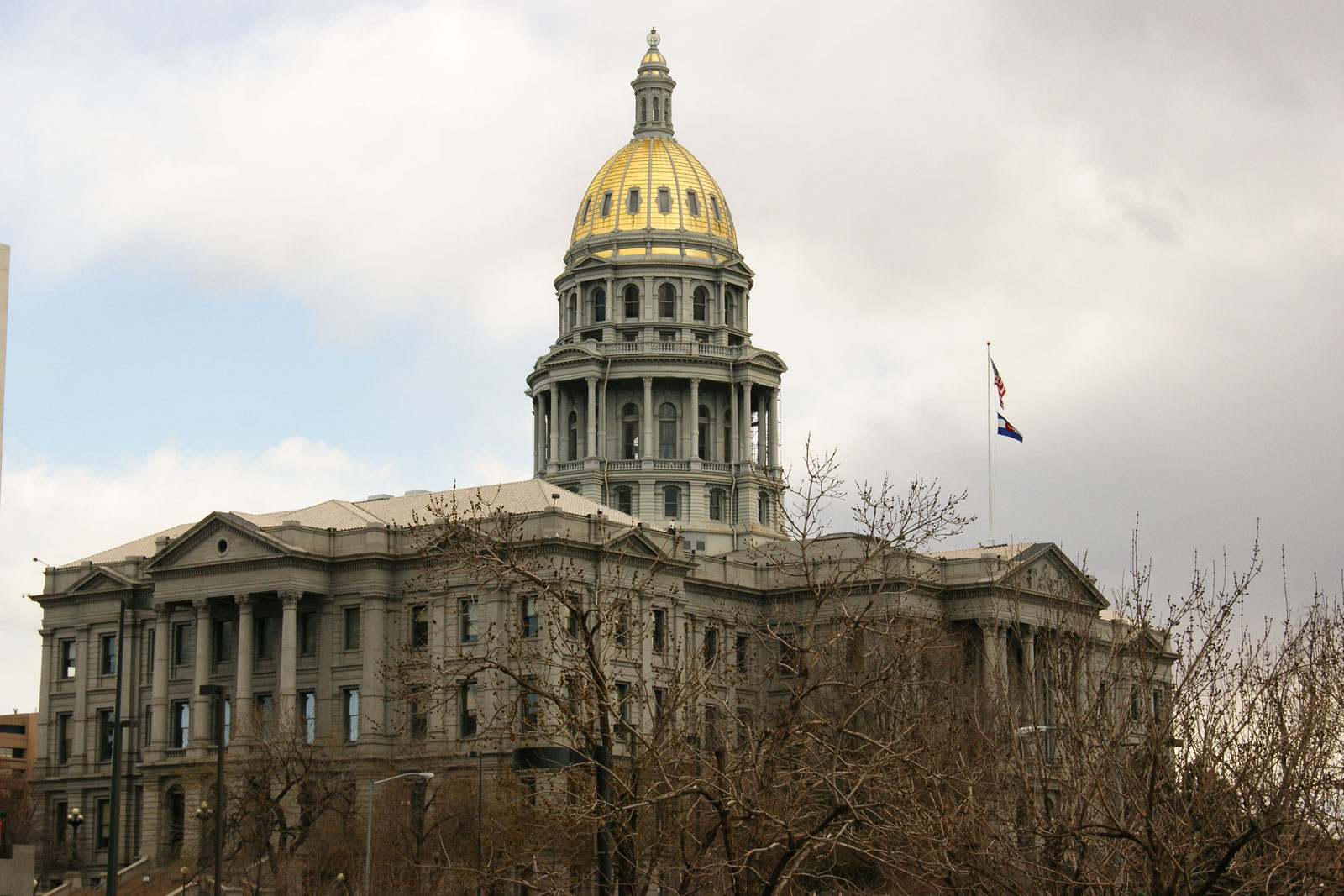The Local newsletter is your free, daily guide to life in Colorado. For locals, by locals.
Although the election is more than a year away, the 2018 Colorado governor’s race is already heading into uncharted territory. Oversized campaign chests, weak political parties, a crowd of top-tier candidates, newly-enfranchised independent voters, national turbulence, and the lure of a wide-open seat are just some of the factors shaping an unruly and unpredictable race.
“This is the wild west,” says Kyle Saunders, associate professor of political science at Colorado State University.

The contest already had its first casualty when Rep. Ed Perlmutter (D-7th District) exited the governor’s race on July 11. Perlmutter, who served more than two decades in political office, said he lacked the “fire in the belly” to continue, and won’t be returning to Congress in 2018.
Any time there is an open seat election—in this case due to Gov. John Hickenlooper’s term limits—it’s common to see a crowd of contenders enter the race. Saunders says strong political parties can prevent a free-for-all by performing one of their primary functions: choosing the candidates. But this year, approval ratings for both major political parties are at historic lows, according to Gallup, which reduces their influence.
“Because the parties are so weak, everybody is allowed to throw their hat into the ring,” says Saunders.
Further diluting the parties’ sway, Colorado’s independent voters (roughly a third of the state electorate) will be eligible to vote in primaries for the first time in 2018, after voters approved Propositions 107 and 108 last year. The impact of independent voters is “the great unknown” in the gubernatorial race, says Eric Sondermann, an independent political consultant. Campaigns must decide how to allocate resources for independents who can now vote in the primaries, but may not turn out in large numbers.
The number of big-name candidates from both parties (and some still weighing the odds on the sidelines) only intensifies the contest. “We’ve seen plenty of other primaries with multiple candidates, but in more cases than not, there is a clear front-runner,” says Sondermann. “It is not usually quite so wide open.”
After Perlmutter’s exit, the remaining Democratic candidates include: U.S. Rep. Jared Polis, one of the wealthiest members of Congress; former state Treasurer Cary Kennedy, who aims to become Colorado’s first female governor; former state Sen. Mike Johnston, and businessman Noel Ginsburg. The entry of tech millionaire Polis into the race in June was a game changer for Democrats, says Saunders. “His resources are doing, in effect, what the party would usually do—he is clearing his own field,” he says.
Republican contenders include District Attorney George Brauchler, who prosecuted the Aurora movie theater shooter; former state Rep. Victor Mitchell; former investment banker Doug Robinson (also the nephew of Mitt Romney); Steve Barlock, who led Donald Trump’s Colorado presidential campaign; Larimer County Commissioner Lew Gaiter; and former Parker mayor Greg Lopez, who is vying to be the state’s first Hispanic governor. While the Republican contenders are relatively well-resourced, there is currently no clear front-runner, said Saunders: “They’re going to fight this out and spend their resources fighting each other.”
And then there’s the so-called Trump effect. The first midterms after a presidential election historically go against the party that wins the White House, says Saunders, which could potentially make 2018 a good year for Democrats. President Trump’s continued unpopularity may create an additional drag on Republicans, he adds. A new poll tracks Trump’s job approval rating at 36 percent, down from 42 percent in April. “National politics are driving state politics more and more,” Saunders says.
It’s still far too early to make any reliable predictions in this quickly changing race. Right now, the only thing Colorado voters can count on is that it’s sure to be a wild ride.








